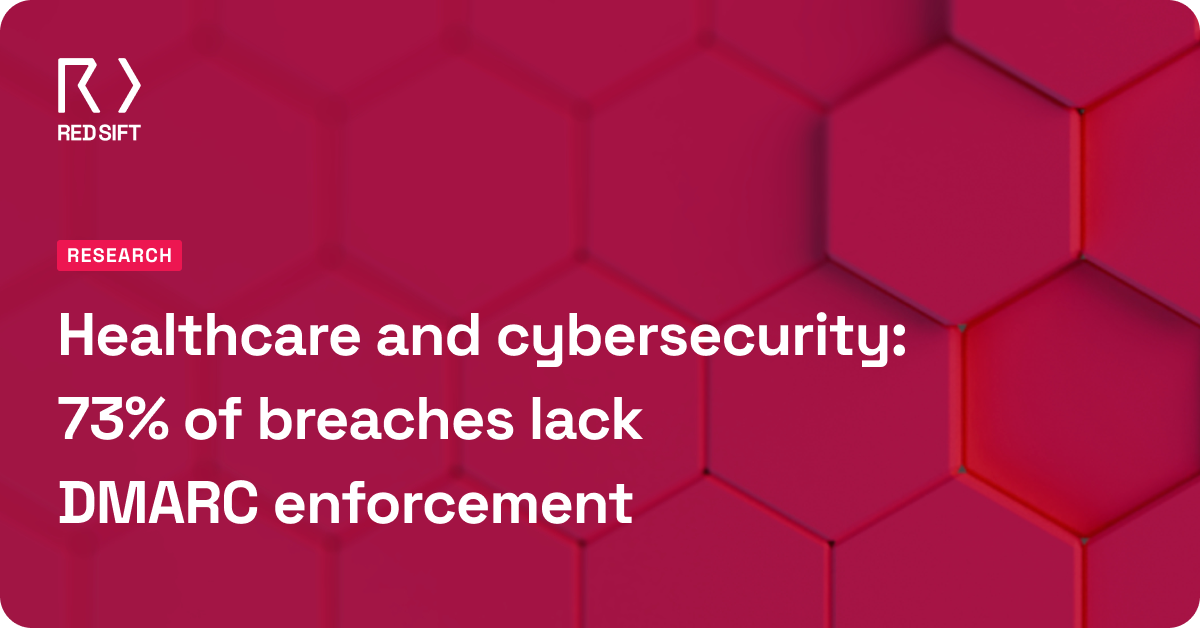Back in 1969 while Woodstock was in full swing and man was on the moon, a group of graduate computer science students from UCLA found themselves at the helm of a global revolution. Huddled around a computer, they attempted to type in a message to the then named Aparanet, however, networks crashed mid-sentence and the first ever message to be delivered over the web was ‘Lo’. While they might have intended ‘Lo’ to be ‘Login’, the cut-down version seems rather more fitting as it was to be followed by a stream of wacky abbreviations sent over the web by teens throughout the following 50 years, (lol).

Despite much discrepancy over what many might consider as the ‘birth’ of the web, this successfully delivered message marked a landmark in the internet’s development. 2019 marks 50 years since the first successful transfer of data between two computers. UCLA was the first node in a tiny US-only network exclusive to government and industry, little did they know that 50 years on this network would grow to serve over half of the world’s population.
Back then, the web was a tool, to communicate and share files for business. We were all naive to the growing capabilities of the web that would go on to be used for connection, games, pleasure and eventually deceit. For many of us, we can remember the steady developments of the past 50 years such as the stray away from dreaded dial up and the start of internet on mobile phones. But, for many youngsters the internet has been a constant since birth, and for them it is impossible to imagine a life without.
Today, there are over 1.5 billion websites and that number continues to grow by the second. The web has grown exponentially over the past 50 years but cybersecurity has been left behind. Technical advances have made for more tech-savvy people and unfortunately, people do not always use their tech powers for good. Today’s internet is rife with scammers and hackers and where cybersecurity should have grown strong alongside the web, keeping safe online is something most forget. Businesses and individuals are aware of online dangers and in the past decade companies have fallen victim to huge headline-making data breaches. Why, still in 2019, do we fail to implement even the most basic level of cybersecurity?
In 2019 less than 3% of the top 479 retailers meet the basic DMARC requirements of email security and continually consumers find their valuable data in the hands of hackers. Now, it’s not good enough for us to pretend we are unaware of the dangers online. The internet has been around for 50 years, there are no excuses for lapse cyber protection methods. Yet, still, people are failing to use even the most simple in built security tools, and rely on costly damage control instead of protection.
A lot can happen in 50 years. Authors and artists of times gone by once attempted to dream of the future and in many cases they were right; hover-boards, facetime and smart watches! But, cybersecurity remains left in the past, forgotten in favour of more fanciful technology. It’s time we allowed cybersecurity into the 21st century and made it as much a part of our lives as the internet has become.
If you’d like to find out more about how OnDMARC helps make DMARC implementation simpler and easier then get in touch with contact@redsift.com today





